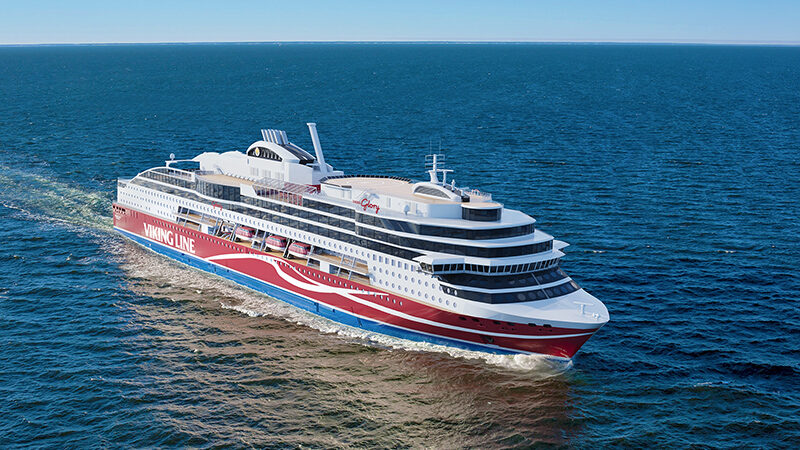On August 2, the Hellenic Ministry of Shipping and Island Policy announced the change in the health protocol with an increase of the passenger capacity on board coastal ferries to 80%.
The protocol on the ships with cabins is also increased to 85%, while the minimum distance of 1,5 meters is maintained between the passengers.
The passenger and crew cabins would accommodate up to four people if they are first- or second-degree relatives or people with disabilities with their escort.
At the same time, it was decided the mandatory use of face mask –from August 4 to August 18, 2020- inside and outside the ferries.
The passenger protocol in the high-speed crafts will be also increased to 80% only if they have High Efficiency Particulate Air (HEPA) filters and their installation and operation is certified according to the manufacturer’s instructions.
The shipowner, the operator and the ferry masters are responsible for the preparation of the aircraft-type seats coverage plan for each ship. Passengers, masters and crew members are required to comply with COVID-19 outbreak prevention and control measures before boarding, during boarding and when disembarking on passenger – car ferries that perform domestic trips.
For any violation of the provisions and measures the fines imposed are:
- to passengers, naval agents and crew members the administrative fine is 150 euros
- to ship-owners, operators and ship masters the administrative fine is 1.000 euros.










